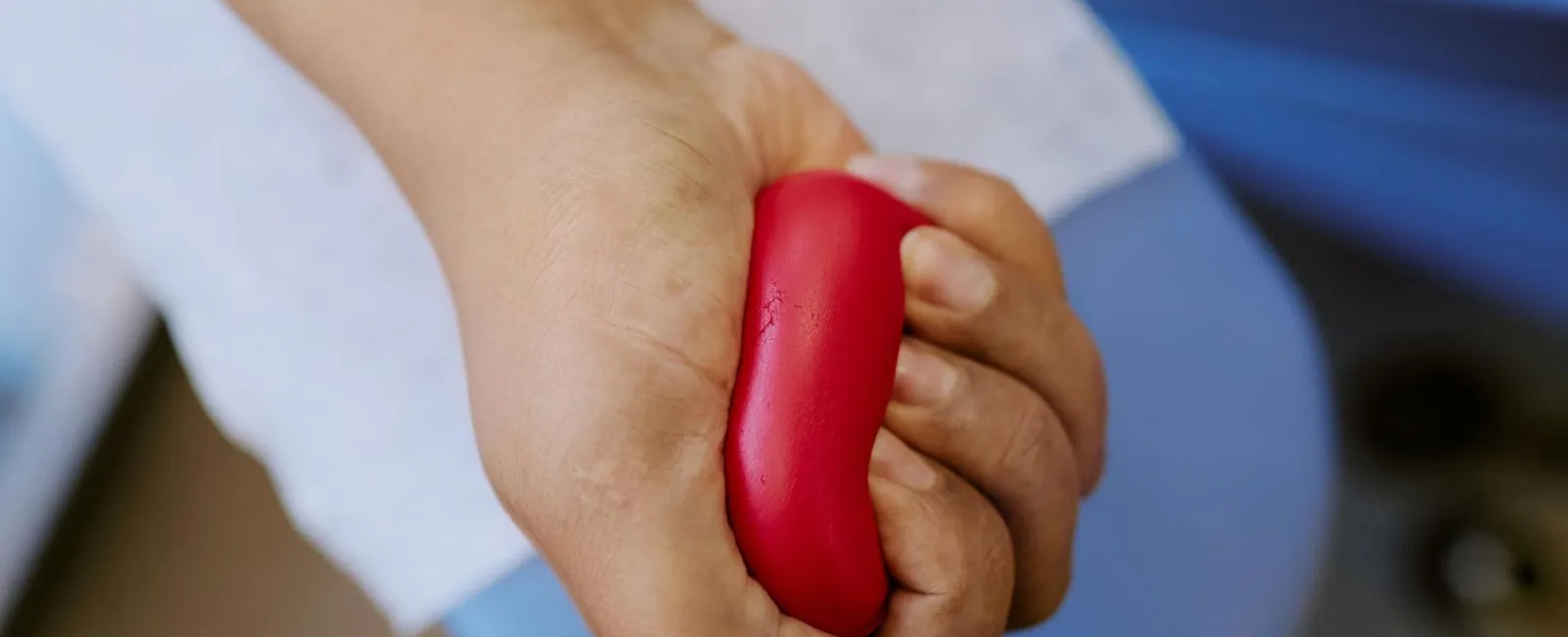Occupational hand therapy is an essential part of recovery for many individuals dealing with hand, wrist, or upper extremity injuries. Whether you’re recovering from surgery, managing a chronic condition, or healing from a traumatic injury, therapy helps you regain strength, flexibility, and functionality. However, the journey doesn’t end when your therapy sessions do. Maintaining your progress is crucial to ensuring long-term success.
Here’s how you can continue to support your recovery and maintain the gains made during occupational hand therapy.
1. Follow Your Therapist’s Home Exercise Program
Most occupational hand therapists provide a tailored home exercise program (HEP) before therapy concludes. These exercises are designed to help you maintain strength, flexibility, and dexterity.
- Stay Consistent: Set a daily or weekly routine to perform your exercises.
- Track Your Progress: Use a journal or app to note improvements or challenges.
- Adapt as Needed: If an exercise becomes too easy or causes discomfort, consult your therapist or physician.
2. Incorporate Hand-Friendly Habits into Daily Life
Incorporating therapeutic techniques into your everyday routine can reinforce your progress.
- Ergonomic Adjustments: Use ergonomic tools, such as specially designed keyboards, utensils, or grips, to reduce strain.
- Mindful Movements: Be conscious of how you use your hands during repetitive tasks. Take breaks to avoid overuse.
- Protective Practices: Wear braces or supports if recommended during high-risk activities.
3. Stay Active
Overall physical activity promotes circulation and reduces stiffness, which can benefit your hands and wrists.
- Low-Impact Exercises: Activities like swimming or yoga can keep your joints flexible and maintain overall strength.
- Hand-Specific Activities: Consider hobbies like knitting, drawing, or playing musical instruments to keep your hands active and engaged.
4. Listen to Your Body
Recovery isn’t linear, and there may be times when you experience discomfort or setbacks.
- Know When to Rest: Overusing your hands can lead to inflammation and regression.
- Watch for Warning Signs: Pain, swelling, or stiffness may indicate the need for professional attention.
5. Use Tools to Aid Recovery
Several tools can help you maintain your progress after occupational hand therapy:
- Therapy Putty or Stress Balls: These help maintain grip strength.
- Resistance Bands: Useful for strength training and flexibility exercises.
- Hot/Cold Packs: Manage discomfort and reduce inflammation with heat or cold therapy.
6. Stay Connected with Your Healthcare Team
Regular follow-ups with your orthopedic specialist can ensure you’re on the right track.
- Ask Questions: If new challenges arise, your provider can suggest adjustments or additional resources.
- Consider Periodic Check-Ins: A review with your therapist or doctor can provide reassurance and refine your home care plan.
7. Maintain a Healthy Lifestyle
Your overall health directly impacts your recovery process.
- Balanced Diet: Include foods rich in vitamins and minerals to support joint and tissue health.
- Hydration: Staying hydrated helps keep tissues supple and reduces inflammation.
- Adequate Rest: Sleep is crucial for healing and regeneration.
8. Engage in Mental Wellness Practices
Recovery isn’t just physical—it’s mental as well.
- Stress Management: Stress can lead to muscle tension and reduced focus on recovery. Practice mindfulness, meditation, or other relaxation techniques.
- Positive Outlook: Celebrate small milestones to stay motivated.
Final Thoughts
Occupational hand therapy lays the groundwork for recovery, but your efforts after therapy ends determine long-term success. By staying proactive, maintaining healthy habits, and seeking guidance when needed, you can continue to see improvements in strength and functionality.
At South Shore Orthopedics, we’re here to support your recovery journey. If you have questions about your progress or need additional resources, don’t hesitate to reach out to our team.
